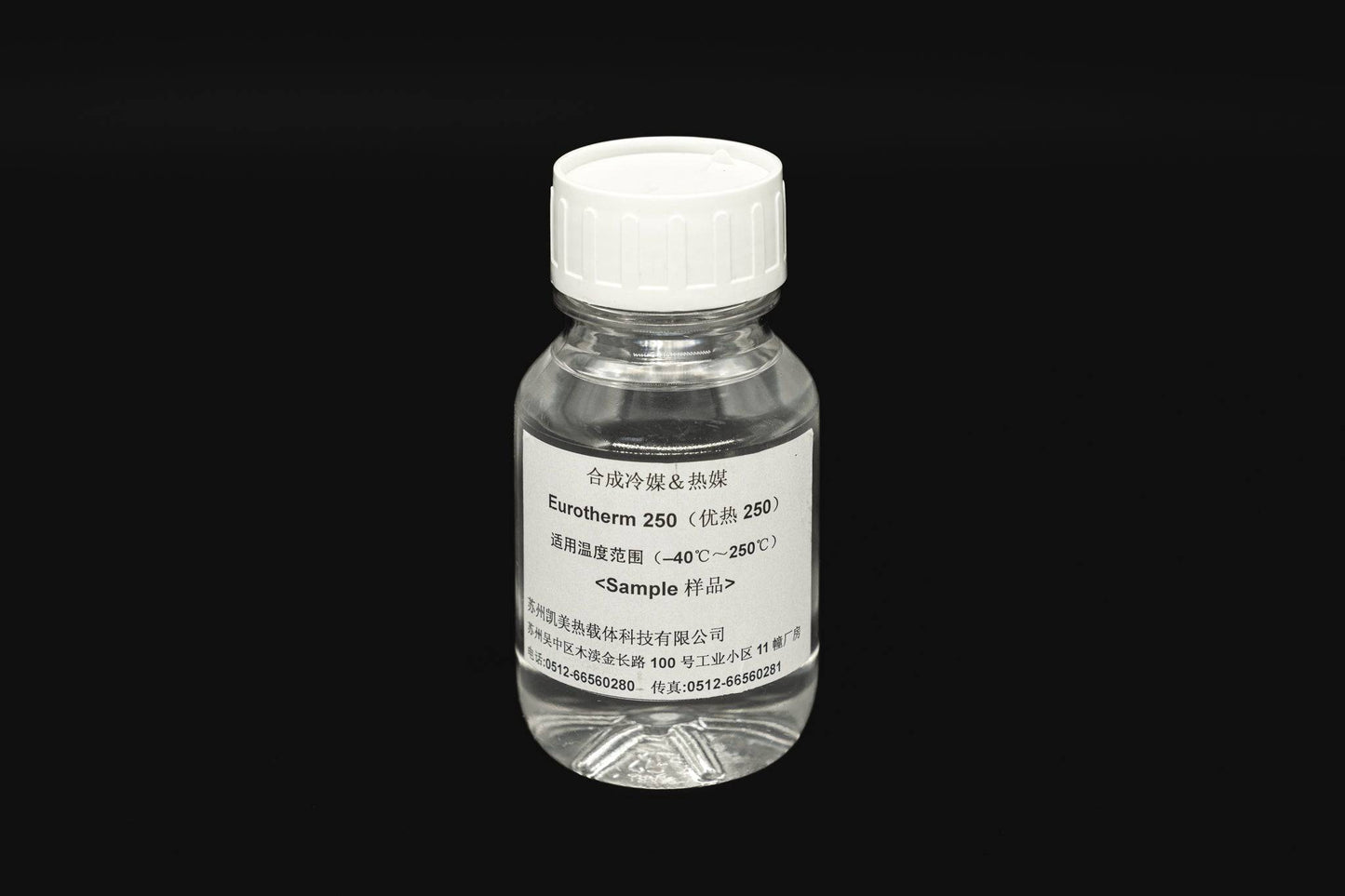Little Known Questions About Chemie.
Table of ContentsAll about ChemieChemie Fundamentals ExplainedThe Basic Principles Of Chemie The Only Guide for ChemieThe Buzz on ChemieFacts About Chemie Revealed
(https://gravatar.com/xylophonebriskly39b603cf82)Calculated modification in electrical conductivity of liquid examples as a function of time when stirred with the material sample in the shut indirect air conditioning loop experiment. Number 6 reveals the adjustment in the determined electric conductivity of the fluid examples when mixed with the material example. The conductivity of the water example from the closed loop experiment minimized by around 70% from 11.77 S/cm to 3.32 S/cm in six hours.These outcomes suggested that the capability of the material relies on the test fluid used for the experiment. This shows that various ions existing in the liquid will result in various ion exchange capacity of the liquid. As a result, calculating the ion exchange resin capacity with the fluid sample from the actual cooling loop is very important.
How Chemie can Save You Time, Stress, and Money.
As a result, an ion exchange resin cartridge consisting of 20g of Dowex blended bed resin might take on order 938 days to saturate. In other words, to maintain a low electric conductivity, a material cartridge with the measurement and weight requirements as that of the material cartridge utilized in the experiment, require to be changed every 30 months for the air conditioning system that was used in the experiment
The air conditioning of electronic components has come to be a significant difficulty in recent times due to the advancements in the design of faster and smaller components. Therefore, different cooling modern technologies have actually been developed to successfully eliminate the warm from these components [1, 2] Using a liquid coolant has actually become attractive due to the greater heat transfer coefficient accomplished as compared to air-cooling.
Chemie - Questions
A solitary phase air conditioning loop includes a pump, a warm exchanger (cold plate/mini- or micro-channels), and a warmth sink (radiator with a fan or a liquid-to-liquid warmth exchanger with chilled water air conditioning). The heat resource in the electronics system is affixed to the warm exchanger. Fluid coolants are likewise made use of in two-phase systems, such as warm pipelines, thermo-siphons, sub-cooled boiling, spray cooling, and straight immersion systems [2, 4]
The requirements might vary depending upon the kind of application. Following is a listing of some general requirements: Excellent thermo-physical buildings (high thermal conductivity and specific warm; reduced viscosity; high unexposed heat of evaporation for two-phase application) Reduced cold point and burst point (occasionally burst security at -40 C or reduced is needed for delivery and/or storage functions) High climatic boiling factor (or reduced vapor pressure at the operating temperature) for solitary stage system; a slim desired boiling point for a two-phase system Excellent chemical and thermal security for the life of the electronic devices system High flash point and auto-ignition temperature (often non-combustibility is a need) Non-corrosive to products of building (metals in addition to polymers and various other non-metals) No or marginal governing constraints (eco-friendly, harmless, and potentially naturally degradable) Affordable The ideal electronic devices coolant is an economical and harmless liquid with exceptional thermo-physical buildings and a lengthy solution life.
The 4-Minute Rule for Chemie
Many of these liquids have a non-discernible smell and are safe in situation of contact with skin or ingestion. As stated in the past, aliphatic PAO-based fluids have changed the silicate-ester fluids in a variety of army electronic devices (and avionics) cooling applications in the last decade. An additional class of popular coolant chemistry is dimethyl- and methyl phenyl-poly (siloxane) or commonly referred to as silicone oil.
Fluorinated compounds such as perfluorocarbons (i.e., FC-72, FC-77) hydrofluoroethers (HFE) and perfluorocarbon ethers (PFE) have certain one-of-a-kind properties advice and can be made use of in contact with the electronic devices [4, 8] Firstly, these fluids are non-combustible and safe. Some fluorinated compounds have absolutely no ozone depleting possible and other ecological residential properties.
This coolant is identified as toxic and ought to be managed and disposed of with care. The high quality of water made use of for the prep work of a glycol service is extremely vital for the system.
The Facts About Chemie Uncovered

This is a reduced cost antifreeze service, discovering usage in refrigeration solutions and ground source heat pumps - heat transfer fluid. This fluid can be utilized down to -40 C owing to its reasonably high price of warmth transfer in this temperature array.
It is considered more harmful than ethylene glycol and consequently has found usage just for procedure applications located outdoors. Likewise, methanol is a flammable fluid and, thus, presents a prospective fire risk where it is stored, handled, or made use of. This is an aqueous solution of denatured grain alcohol. Its major advantage is that it is non-toxic.
The Best Strategy To Use For Chemie
As a combustible liquid, it needs certain safety measures for handling and storage. Liquid solutions of calcium chloride discover wide use as flowing coolants in food plants. It is non-flammable, non-toxic and thermally much more reliable than the glycol solutions. A 29% (by wt.) calcium chloride option has a cold point below -40 C.
